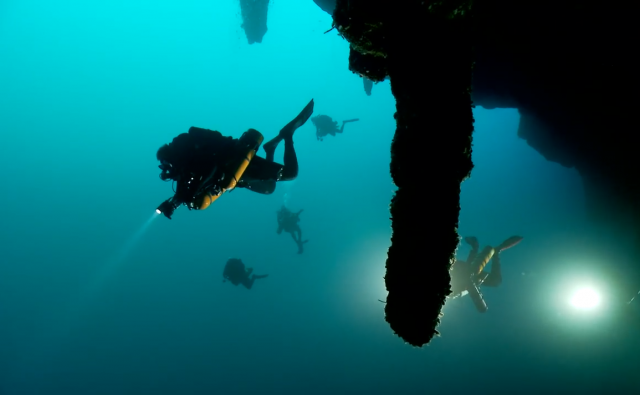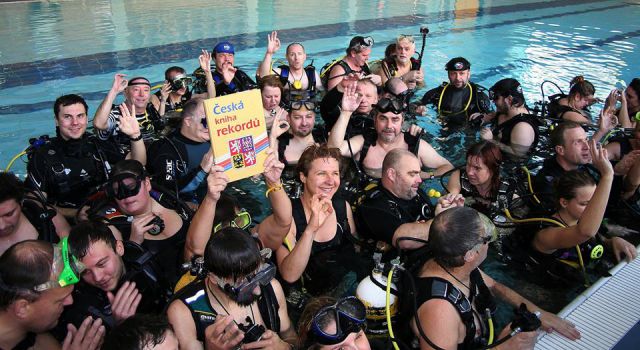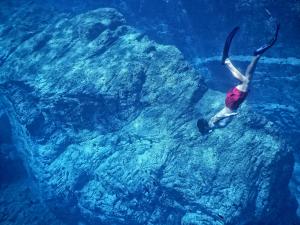Lord Howe Island: Unspoilt Beauty
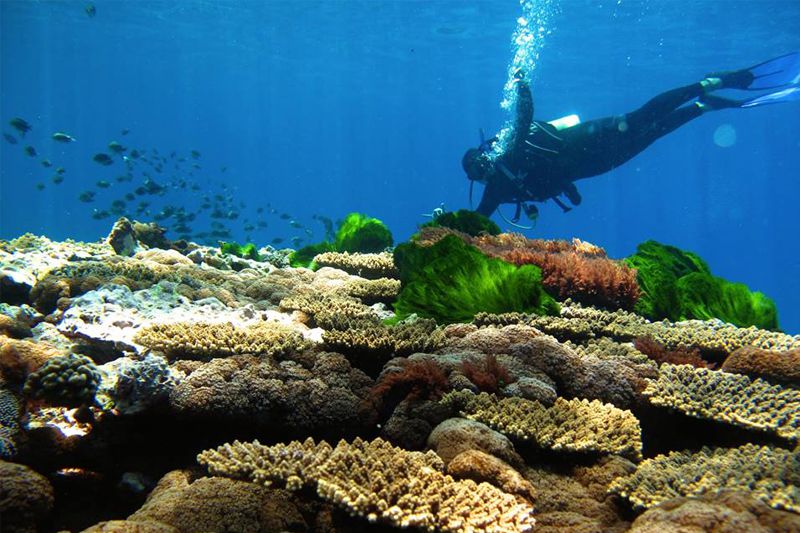
Located 700 kilometers north-east of Sydney and covering an area of 1,463 km 2, the Lord Howe Island Group comprises Lord Howe Island, Admiralty Islands, Mutton Bird Islands, Ball's Pyramid, and associated coral reefs and marine environments.
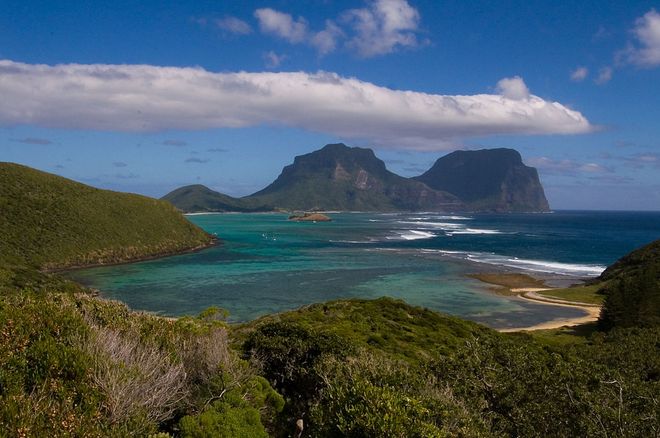
"Lord Howe Island from North" by Fanny Schertzer - Own work. Licensed under CC BY 2.5 via Wikimedia Commons
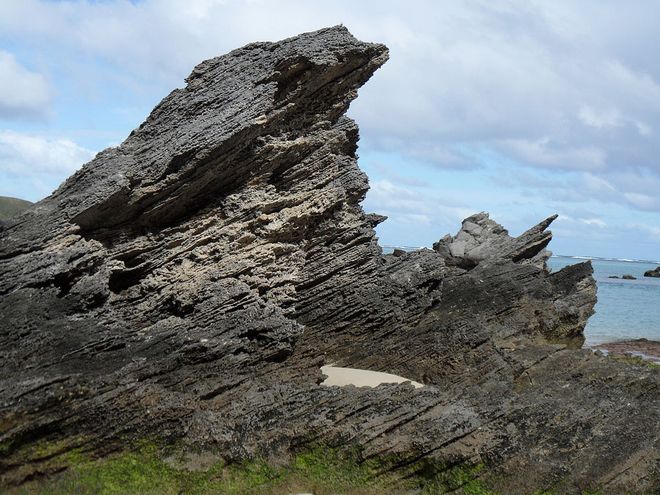
Calcarenite karst Lagoon Beach Lord Howe Island 11 June 2011" by Granitethighs - Own work. Licensed under CC BY-SA 3.0 via Wikimedia Commons
Diving on Lord Howe is easily accessible due to most of the dive sites lying only a 10-15 minute boat ride away and lagoon sites even less. However, if you want make most of your stay, head out on the waters with local guides to discover Lord Howe Island's best. Although weather dependant, the best diving awaits at Ball's Pyramid. According to many, this site is the best one bar none in Australia. Located 20km South-East of Lord Howe the site takes approximately one hour to reach by boat. All the dives at Ball's are conducted as Drift Dives due to deeper depths and strong current, so it is suited for those with diving experience.
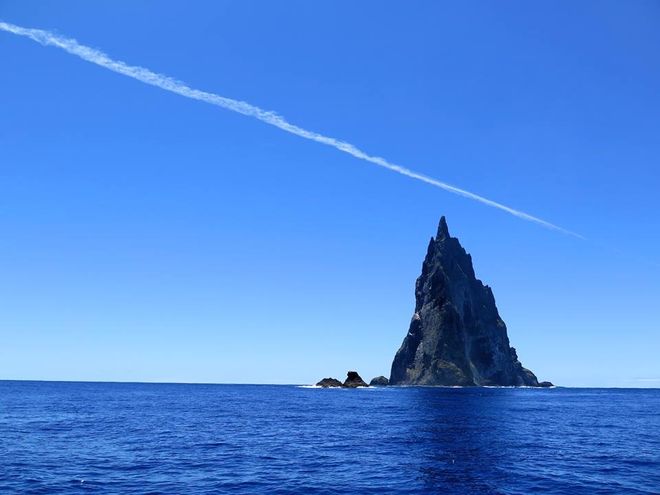
Ball's Pyramid
Due to species endemic to the region highlights include throngs of reef fish, schools of huge Kingfish, Rainbow Runners, Amberjack and playful Trevally, hundreds of One-Spot Chromis, Clown Trigger Fish, Galapagos Whaler Shark, Sea Turtles, Stingrays and one of the world rarest fish; the Ballina Angelfish.
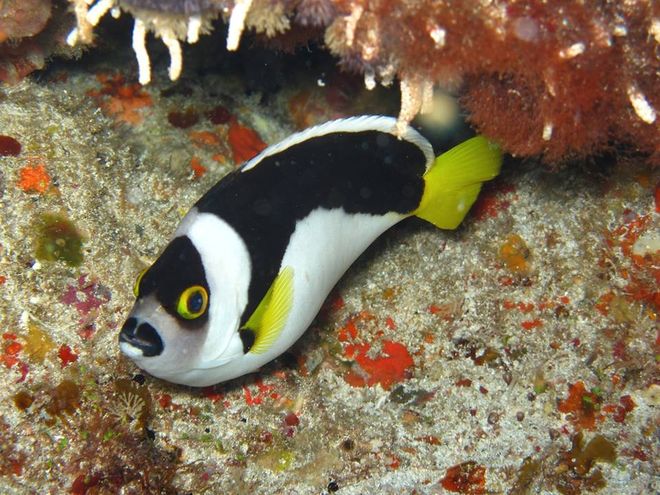
Ballina Angelfish
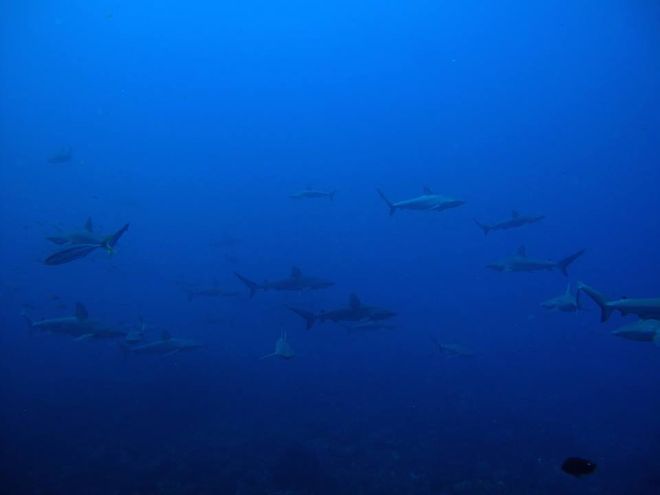
Galapagos Whaler Shark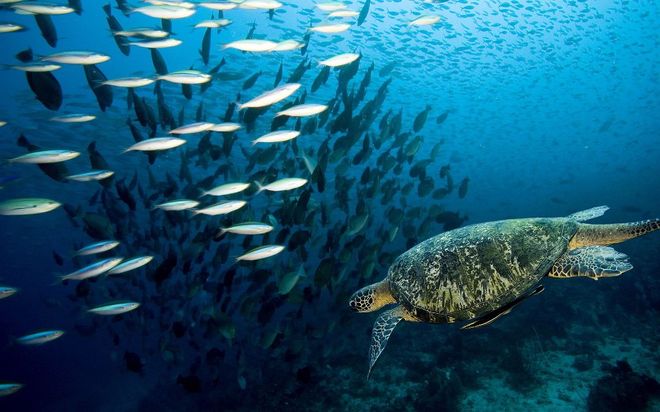
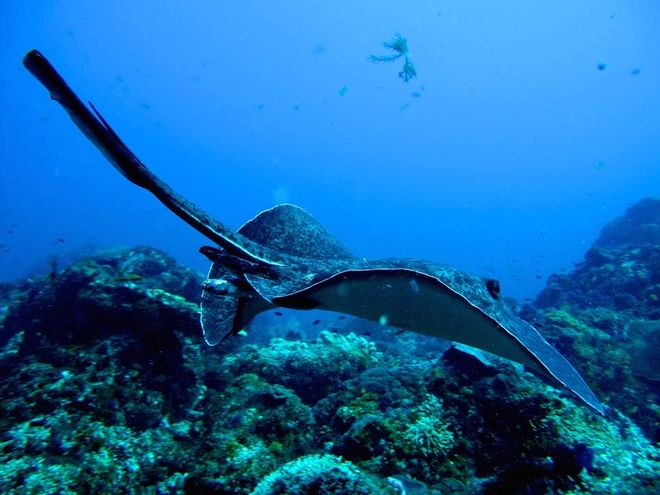
Another must-dive site are the Admiralty Islands - similar to the Pyramid in marine life, around 25 dive sites scattered around the atolls offer some of Australia’s best diving spots: Ruperts Reef, Noddy's Island, Tenth of June Bombie and Deep to name but a few. Most of these dives are sloping coral walls and deep crevices, and are made up of soft corals and sponges.
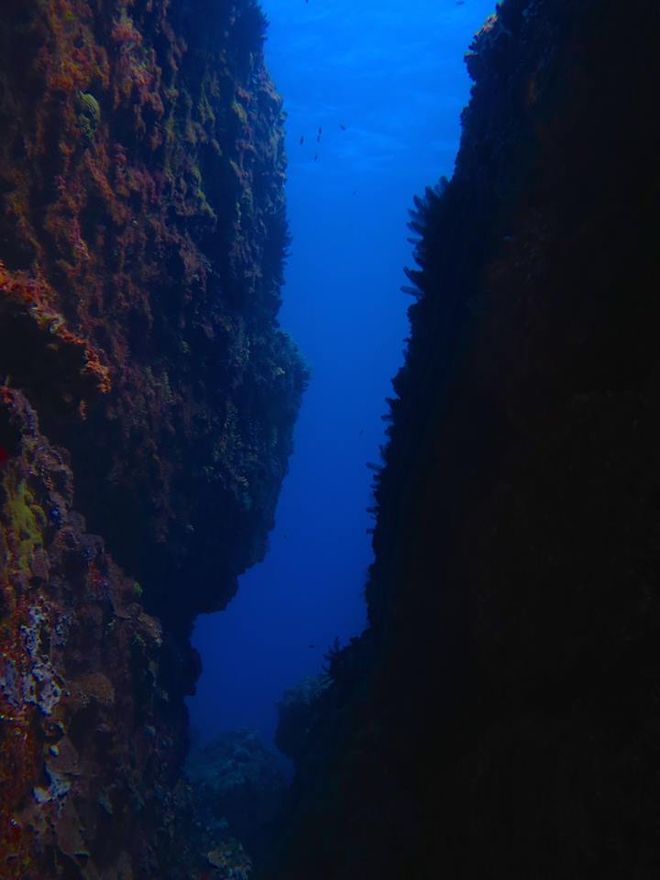
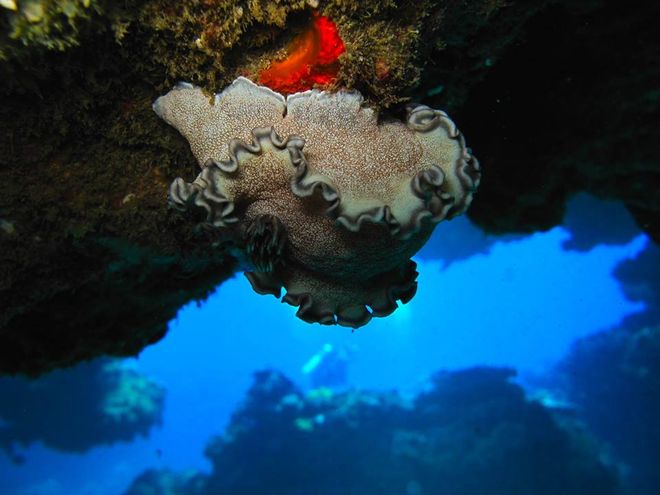
Malabar has lots of beautiful sites as well. Its cliffs are several dive sites running off the same reef system; Malabar, Malabar West and Landslide full of overhangs, coral walls and fingers of reef.
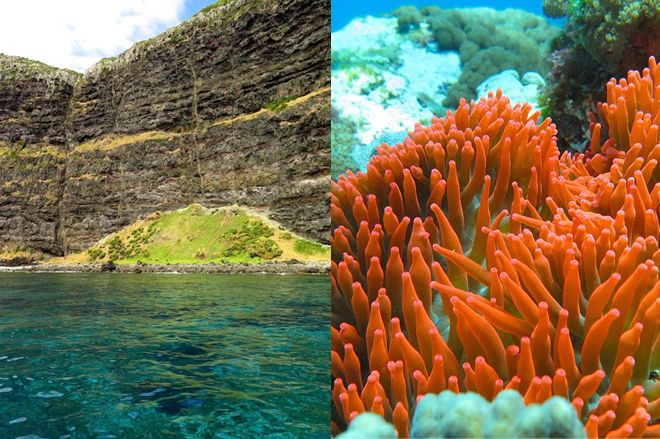
One of the most qualified & experienced dive operators on the island is Howea Divers, set up by Brian Busteed in 1994. Brian has logged over 5000 dives in his life and dived around the pristine reefs of Lord Howe Island extensively so you will be in right hands.
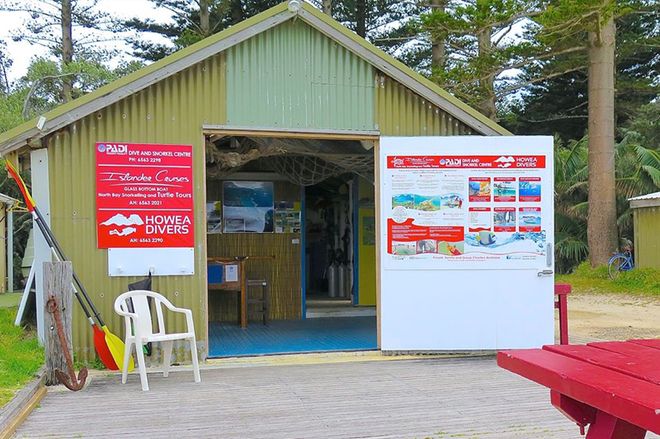
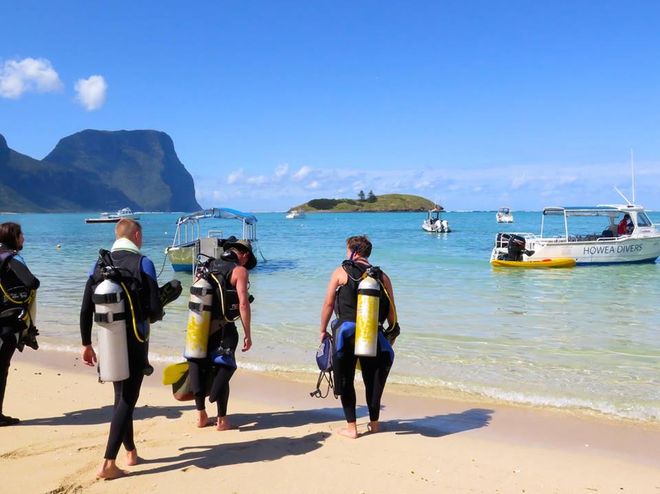
The diving is spectacular all year round, however, the peak diving season is Dec-March when the warm, blue currents pass through and visibility is at its best. Bookings are essential to guarantee your spot on Brian's boat as it's only fits 10 divers. You can email Brian at howeadivers@clearmail.com.au or call +61 (02) 6563 2298.
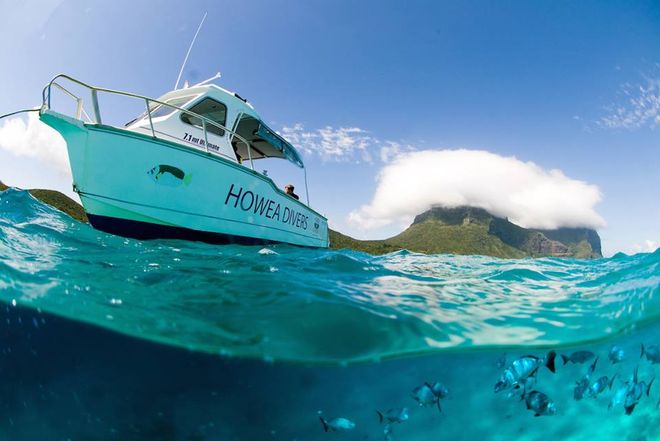
Photos: © Howea Divers if not stated otherwise
Source: http://www.howeadivers.com.au






